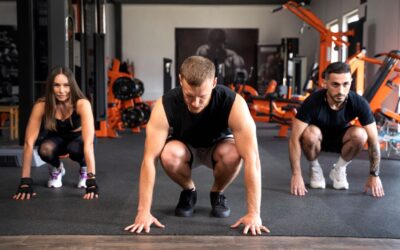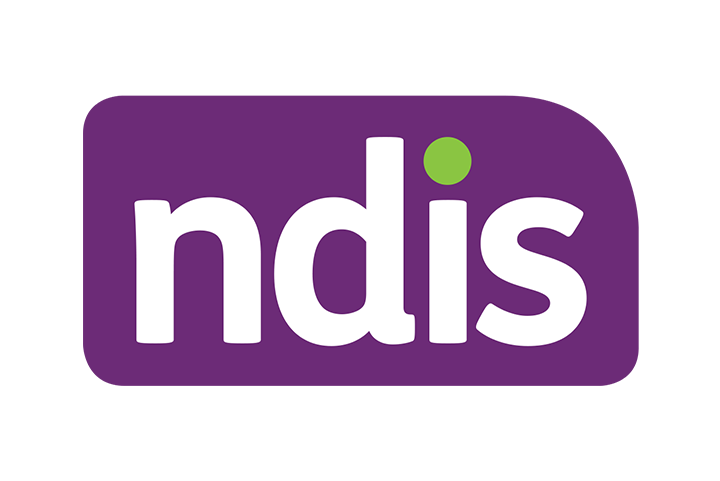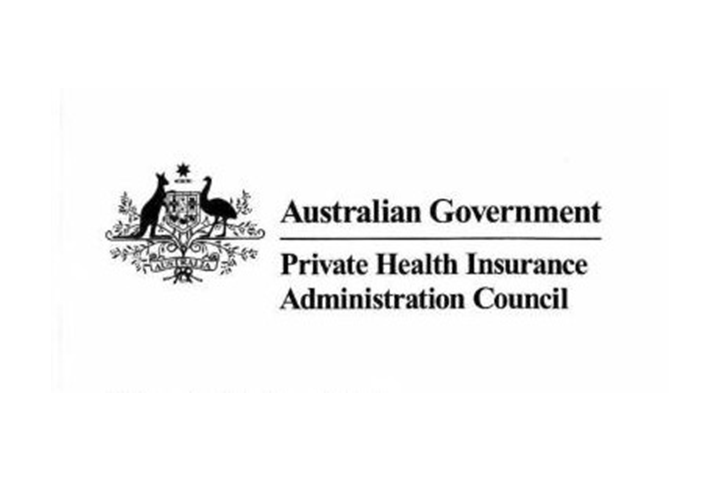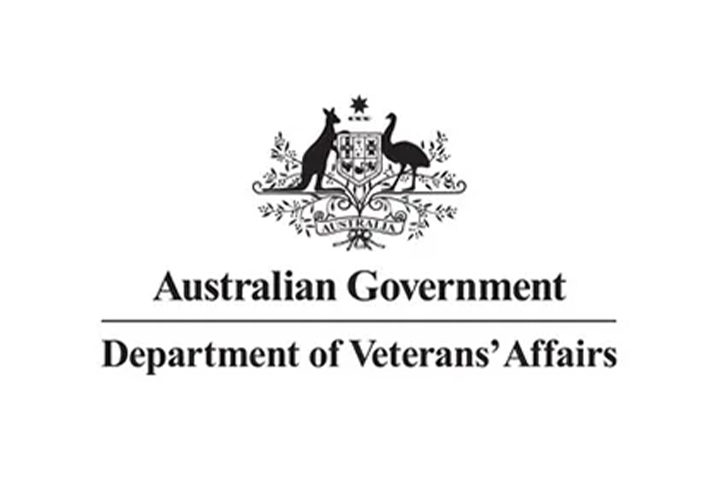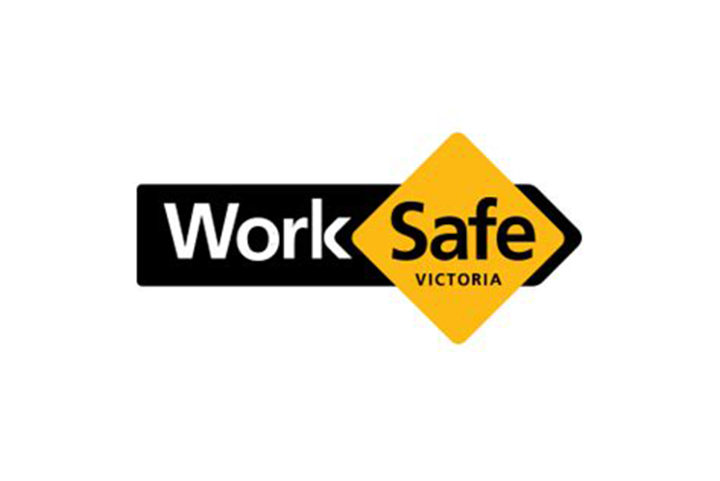After months in lockdown and heavy restrictions for gyms and outdoor sports returning, we understand how exercise can be a daunting and sometimes uncomfortable experience for some people. This is where some people can fail or give up on their new year’s resolutions and put it in the too hard basket, or “I tried and ended up Injuring myself” category. But I assure you, by following the below advice your return to exercise will be seamless, and most importantly, effective in achieving your goals.
Your goal might simply be returning to the gym after some time away, perhaps starting a new venture like running? Or maybe you plan on returning to football or netball this season and want to be in the best possible shape injury free? The following tips are applicable for all modalities and can be applied to all sports!
Some of this blog may seem like common sense and you may be implementing some of these tips already, BUT, read on, as some of these tips are more detailed and applying them to your own weekly routine is the key to success. Always remember – if you need advice that’s more specific to your own circumstances, our experienced Exercise Physiologist Taylor, can help set you up with a specific exercise plan and answer any other questions you might have
Tip 1 : Go EASY!!
Yes you’ve had some time off and you want to smash those 2022 goals as fast as possible! You might have a little more time off from work, less time running kids around, or maybe you’ve just prioritized your own health this January and want to dedicate some serious time to ticking off your goals…
Regardless of your reason, one big piece of advice would be to start at an achievable level! Going as hard as you did pre Christmas or even 5 years ago when you were preparing for your half marathon isn’t wise. In fact, it can be the opposite as it’s more likely to increase the risk of injury, prolonging recovery and even diminish your results and progress!
This can be avoided by simply going easy with your exercise when you start.
Tip 2 : Reduce your training volume or intensity.
Ok….. so this one is a little more complicated, so let’s use the gym as an example. Before your Christmas hiatus you were going to the gym 2 times a week to do a whole body weights session – every session was roughly 3-6 sets of exercise per muscle group, averaging about 45 mins total time.
However, you’ve had 2-3 weeks off exercise, maybe eaten a little too much Christmas cake, and now you’re ready to get back to the gym again.
What I would strongly advise is to do ONE of the two things – Either 1. reduce your total exercise volume OR 2. reduce the exercise intensity.
1. Reduce total training volume – Time is a simple place to start when it comes to reducing volume – instead of doing 45 minutes start with 30 or even 20! Why do this? Well, reducing the volume can dramatically reduce the post exercise muscle soreness you feel, but still give you the benefit you are after. Even more importantly, this means you can return to the gym earlier, say in 2 days time and not be too sore to exercise again in the same week.
2. Reduce training intensity – now this is a little more complicated because measuring intensity is subjective. However, instead of smashing yourself and working as hard as you can in the gym, try to leave a couple of reps in reserve. By focusing on reducing the intensity, instead of volume – your total workout time would remain the same. This will have the same effect of reducing volume by reducing muscle soreness so you can exercise again later in the week and build up your tolerance to weight training more effectively.
This can also be applied to things like running or training for team sports like football and netball. Most often the skills training for sports can be practised regularly as it doesn’t have a huge impact on recovery, however reduce your volume OR intensity down for your running in the first two weeks and build up slowly to increase productivity, recovery and minimise injury.
Tip 3: Recovery is essential!
Like the title says, recovery is essential!! A great recovery is made up of many different techniques and what I like to call, the “one percenters”. Listed below are my “one percenters” –
- Diet and nutrition – This one is difficult and often needs to be personalised but it can be as simple as increasing protein intake to reduce muscle soreness, aim for 1.2 x weight in KG eg. a 75kg person should consume 90g of protein per day to aid recovery.
- Sleep – Maximise recovery by aiming for 8 hours sleep every night.
- Hydration – Replace what you’ve lost! Drink water around exercise times (before and after)
- Foam rolling / massage – This helps improve recovery post exercise.
- Rest days – If you are too sore to train, don’t train!
- Appropriate programming – prioritise rest, a good balance of strength and cardio exercise, but talk to a professional if you’re struggling to recover with the above techniques.
There’s a fair bit to comb through when it comes to the nitty gritty, but a more simplistic approach is as simple as listening to your body! Do your best to apply the recovery principles as often as possible (sleep, hydration, ect) and don’t forget to enjoy the journey and be patient with the process!! The key element is consistency and if done correctly in time it will all fall into place. However, if you are struggling with any aspect of returning to exercise or training – don’t hesitate to reach out to a professional who can help guide you and prescribe you a personally designed program that best suits your goals and lifestyle.
Taylor Holmes is an Exercise Physiologist and Founder of Empower Exercise Physiology. To make a booking to see Taylor, click HERE.
For more information on how an Exercise Physiologist may be able to help you, check out the blog “Why see an Exercise Physiologist” HERE.

